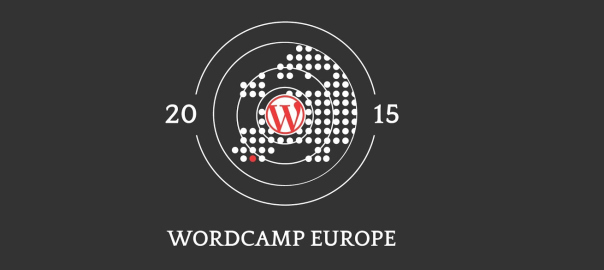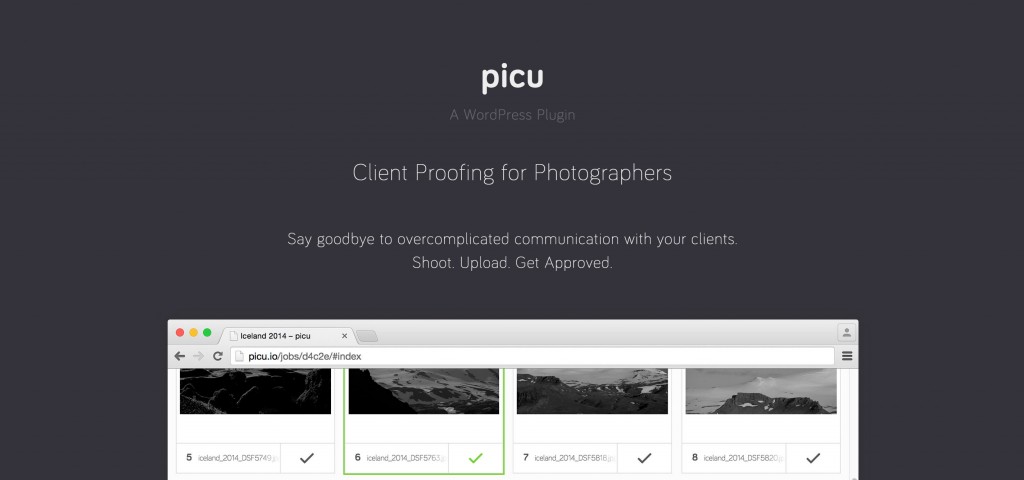Solve almost no one’s problem
February 1, 2015The chances that everyone is going to applaud you, never mind even become aware you exist, are virtually nil. Most brands and organizations and individuals that fail fall into the chasm of trying to be all things in order to please everyone, and end up reaching no one.
(Seth Godin)
It’s easy to fall into this trap. We had a similar discussion when we started working on picu some time ago and at first it felt intriguing to try and build The one and only tool for photographers™ but we quickly realized why that’s going to be a bad idea.
What really helped us to figure out what exactly we want to build, and what not, was writing down imaginary user stories of potential clients who could use our product when its finished. What problem should it solve for them, how would they use it and so on. But maybe even more important than that, we wrote down what we called “anti-userstories“. Use cases we deliberately said no to, problems that we don’t want to be able to solve, photographers workflows who will be better served with other tools.
While this seemed silly at first and was a funny exercise, it actually helped us a lot to stay focused and made a lot of our decisions along the way easier.
We are completely aware that our plugin won’t serve every photographer out there, maybe, not even most. But we hope that almost no one will be amazed.


